The usual concerns of charging an electric vehicle and its suitability for long distance driving have been raised again in a new video that has gone viral on Instagram. Influencer Iman Kamil recently drove his MG4 XPower westbound on the East Coast Expressway (ECE), stopping to charge at the Gentari 50 kW DC charger at the Gambang R&R stop at around 2:05pm, with a battery SoC of 19%.
There, he joined a queue of two cars – a Tesla Model Y and Model 3 – to use the sole charger, the first leaving at around 2:45pm, the other only finishing charging at around 3:40pm. By the time Iman finished charging with a battery SoC of 96% (from 14% when he started charging), it was already around 5:05pm. Worse still, he only had 229 km of range to get to his home 227 km away, so he would need to stop again.
It’s a familiar refrain of EV sceptics everywhere: electric cars just aren’t cut out for long-distance driving. And some of the concerns pointed in the video are genuine – insufficient fast chargers and inconsiderate users hogging the said chargers.
A wait of more than an hour and a half just to use the charger is particularly galling – Iman could have made a U-turn to use the eastbound Gambang chargers (which are much faster at 90 kW per gun) before making another U-turn and still would have taken less time. As he pointed out, this wasn’t even during a festive season, when queues will inevitably be even longer.
But Iman’s video conveniently left out a few self-inflicted problems that led to his conundrum. First, his energy efficiency when driving – eagle-eyed viewers will notice that his MG4’s trip computer showed an awful energy consumption of 29.8 kWh per 100 km. Now, we know the XPower version is fast and isn’t very efficient, but this is still a extremely poor showing, considering that even a Porsche Taycan Turbo GT gets 25.9 to 26.8 kWh per 100 km on the WLTP extra-high (read: least efficient) cycle.
Another clue hidden elsewhere on the instrument display points to the cause – Iman’s adaptive cruise control was set to a blistering 160 km/h. Setting aside the fact that this is well beyond the ECE’s 110 km/h speed limit, this absurdly high speed is exactly where an EV is least efficient, sapping plenty of vital juice from the XPower’s not especially massive 64 kWh battery.
As we’ve previously discovered, the XPower is way more efficient than Iman’s video suggests. During his time with the car, our man Hafriz Shah managed to average between 16 and 16.5 kWh per 100 km in mixed conditions, which works out to a range of around 380 km on a full charge – nearly equalling the claimed WLTP range of 385 km. Even a far more conservative 20 kWh per 100 km would have netted around 310 km of range, which would’ve been more than enough to get Iman home without necessitating another charge.
Then there’s the matter of charging etiquette. Iman complained of the person ahead of him charging their Model 3’s battery to full, hogging the charger for more than 47 minutes – an absolutely criminal move, considering there was another person waiting to charge. But he was actually even worse in that regard, sitting at the charger for nearly an hour and 20 minutes to get his battery up to 96% charge.
The fact of the matter is, Iman needn’t have waited anywhere near this long. Charging to 80% would mean he would have still left very late, but better than the full three hours he sat there for. Plus, by driving more efficiently, he could have gotten home on a single charge (even at 20 kWh per 100 km, an 80% charge would have netted a range of just under 250 km) even sooner.
That time gap is substantial, and something even driving at 160 km/h all the way home can’t make up. Plus, DC fast charging only up to 80% is recommended for nickel manganese cobalt (NMC) batteries like the one fitted in the MG4 XPower, helping to extend its service life.
So, to summarise – the next time you’re at a EV charging station, be considerate to the person behind you and only charge as long as necessary. Out on the road, drive more efficiently to eke out more range and reduce the number of charging stops – with the added benefit of being safer by not speeding. Follow these tips and the EV ownership experience won’t be quite as dire as what has been depicted in this video.
GALLERY: MG4 XPower
Looking to sell your car? Sell it with Carro.

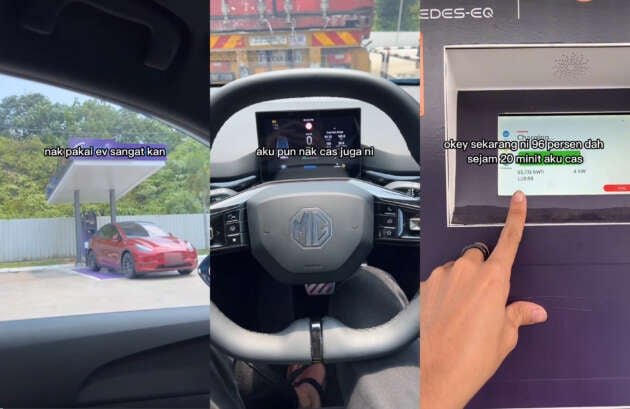
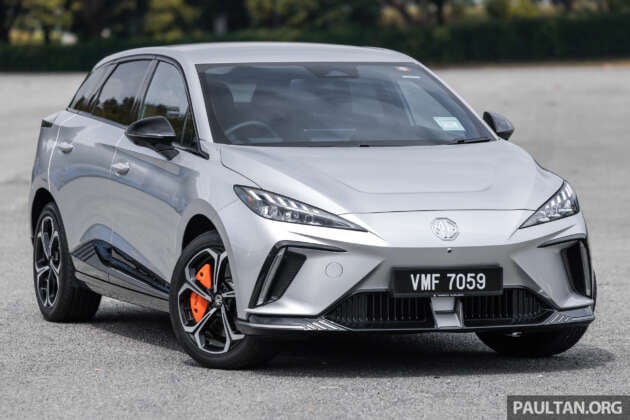
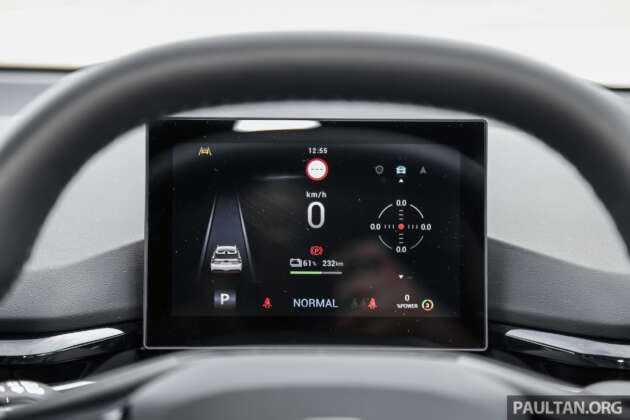
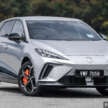
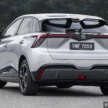
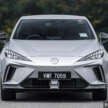
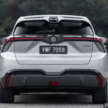
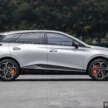

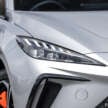
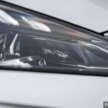
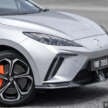
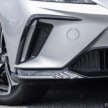
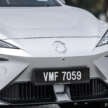
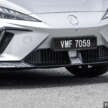
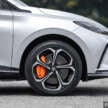
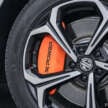
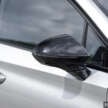
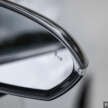
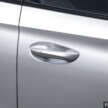
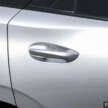
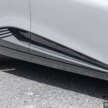

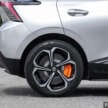
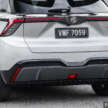
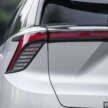
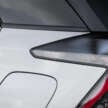
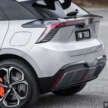
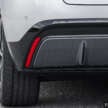
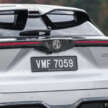
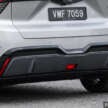
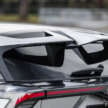
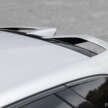
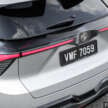
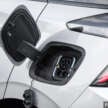
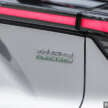
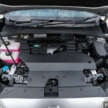
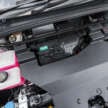
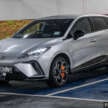
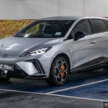
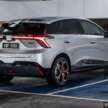
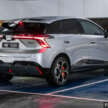
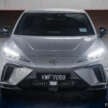
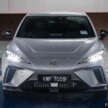
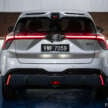

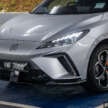
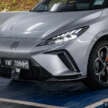
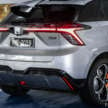
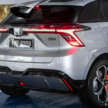
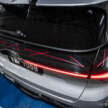
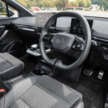
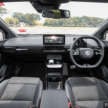
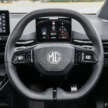
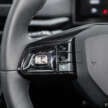
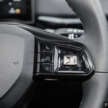
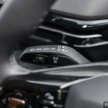
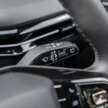
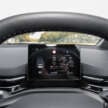
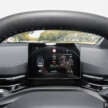
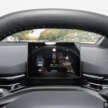
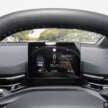
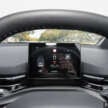
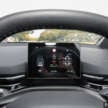
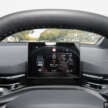
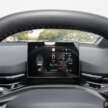
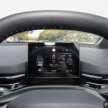
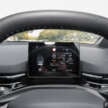
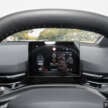
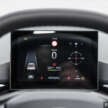
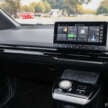
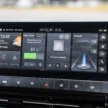
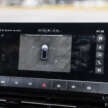
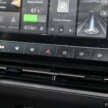
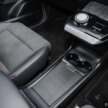
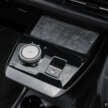


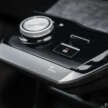
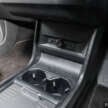
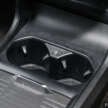
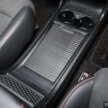
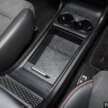
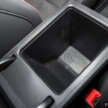
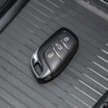
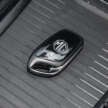


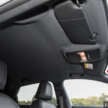
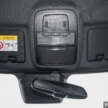
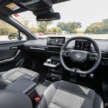
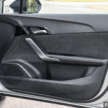
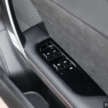
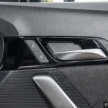
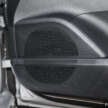
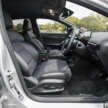
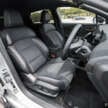
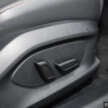
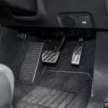
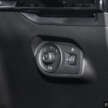
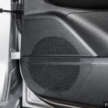
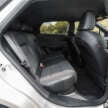
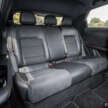
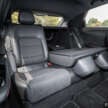
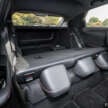
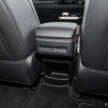
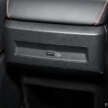
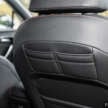
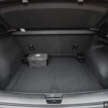
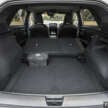
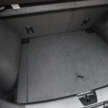

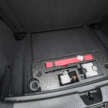







AI-generated Summary ✨
Comments highlight that the EV owner’s experience of slow charging and limited range is due to aggressive driving, high speeds, and driving conditions that reduce efficiency, not the vehicle itself. Many emphasize the need for proper planning, driving economically, and infraestrutura development for long-distance travel, such as home chargers. Several suggest hybrid options like Nissan e-POWER as more practical alternatives given current infrastructure constraints. Concerns about battery degradation, range anxiety, and Malaysian energy sources were also raised. Overall, the comments express skepticism about EVs being suitable for long trips currently, advocating for hybrid or ICE vehicles until technology and infrastructure improve. There is some criticism of the influencer's behavior, with a focus on education about responsible EV use.